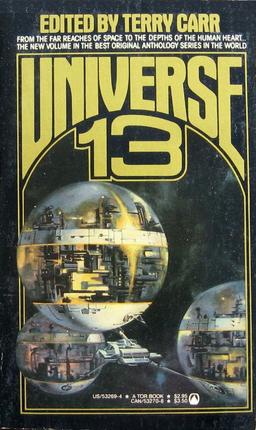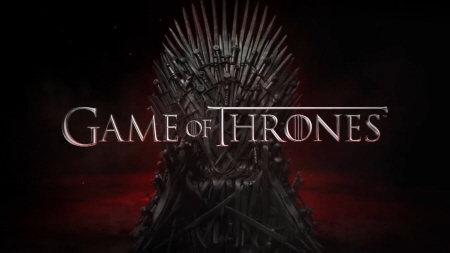The Kick That Did Not Start
 Not all Kickstarters will fund. Farewell, Something Lovely didn’t.
Not all Kickstarters will fund. Farewell, Something Lovely didn’t.
That was unfortunate, but it was not a complete loss. Some of the backers hadn’t backed Centurion: Legionaries of Rome, my successful Kickstarter, so I had increased my network. I also learned some lessons which helped me prepare for my ongoing Kickstarter for Nefertiti Overdrive: Ancient Egytian Wuxia. Since I’m a generous guy, let me share my lessons learned with you.
1) Expect failure and you can expect failure.
I went into Farewell, Something Lovely with a strong suspicion that I would fail. I’m not saying that I created my own failure… actually, I am saying that, but not that I gave up on the Kickstarter.
I kept pushing until the end. I wonder, though, if that expectation of failure curtailed my efforts in some way. Perhaps I could have done more if I believed the Kickstarter would succeed.
It’s similar to an explanation of backer psychology I heard: backers will only pledge to a Kickstarter they expect to fund. Just as a backer will create a failure by expecting a Kickstarter to fail, I have a feeling that if you go in with your parachute on, maybe you’ll bail out of the plane before absolutely necessary. Maybe if I had put more effort into the Kickstarter, I could have saved it.
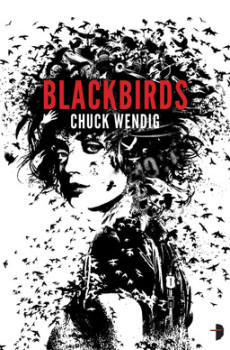
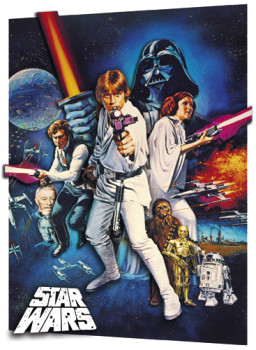
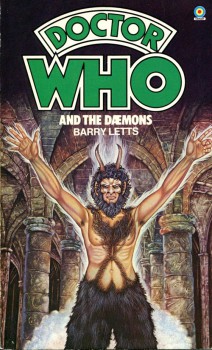
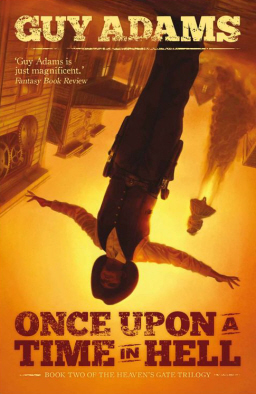
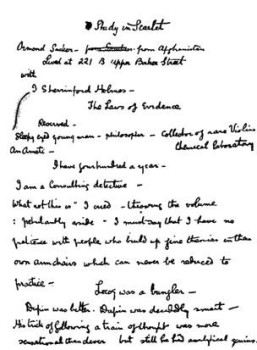
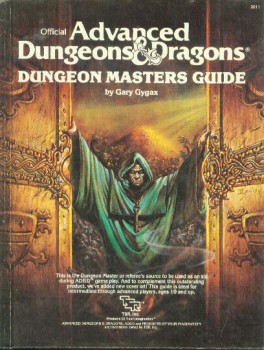
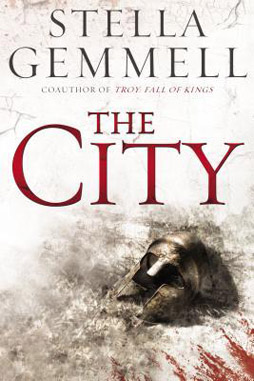 A little while ago, I stumbled on a book that seemed especially worth writing about here: The City, by Stella Gemmell. It’s Gemmell’s first solo novel; she also completed Troy: Fall of Kings, the last book by her late husband, David. David Gemmell was a widely-known heroic fantasy writer — those unfamiliar with his work can see
A little while ago, I stumbled on a book that seemed especially worth writing about here: The City, by Stella Gemmell. It’s Gemmell’s first solo novel; she also completed Troy: Fall of Kings, the last book by her late husband, David. David Gemmell was a widely-known heroic fantasy writer — those unfamiliar with his work can see 